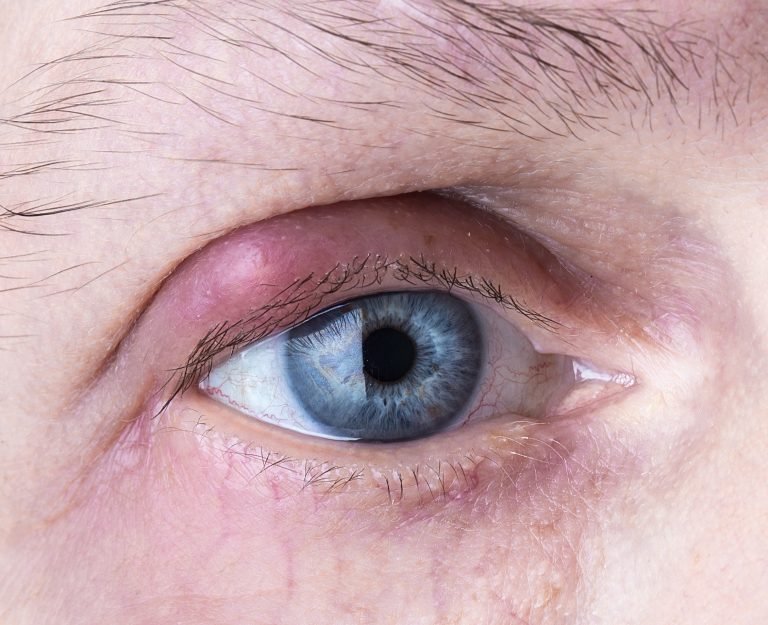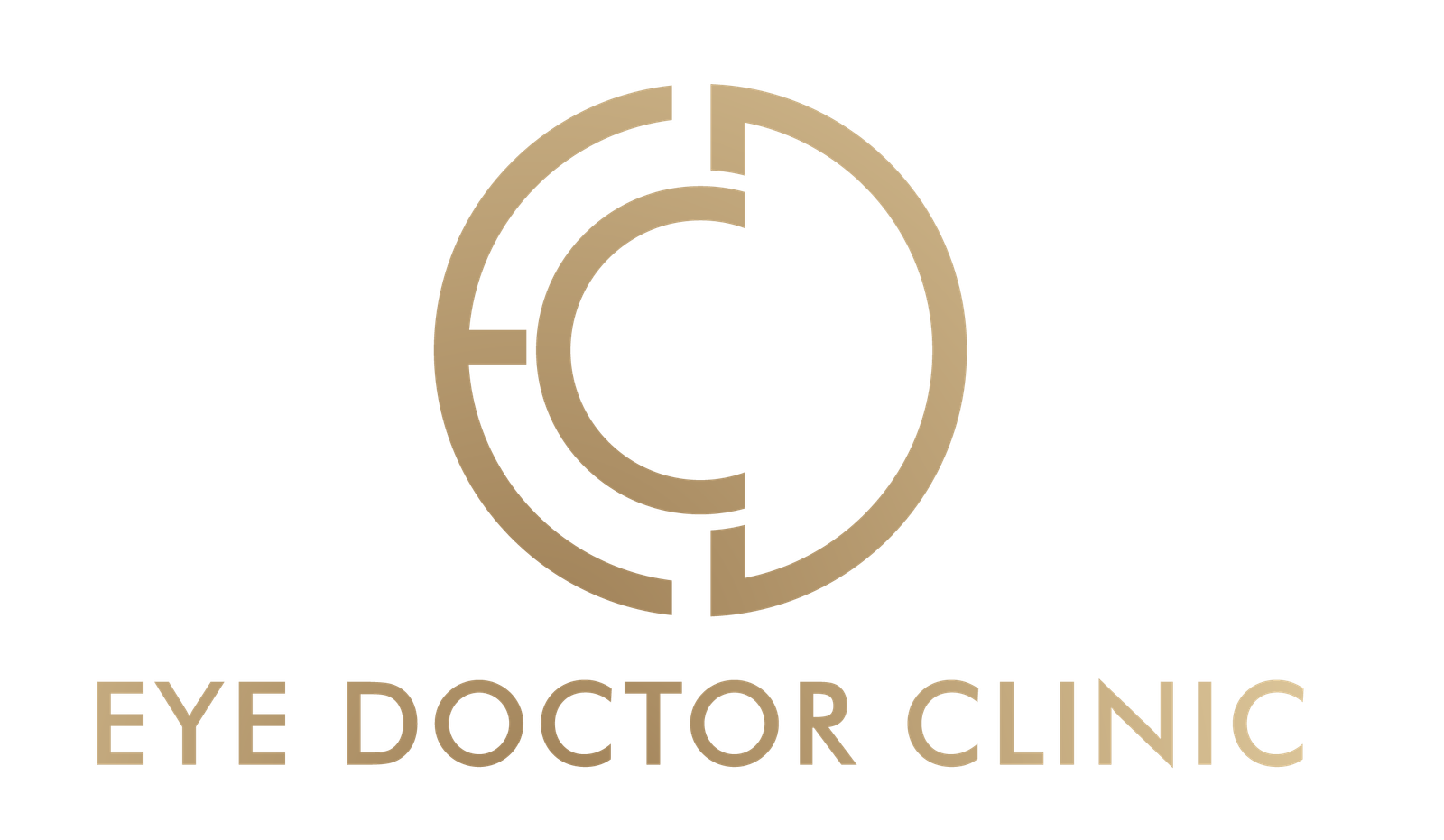
What is lower eyelid blepharoplasty?
The lower lids can age in a similar fashion to the upper eyelids, with changes in skin and muscle tone, eyelid laxity and prolapse of orbital fat. This can result in “puffy” lower eyelids or “eyebags” which can give a tired appearance.
Patients with subtle eyebags or mild skin laxity may not be suitable for surgery and be better trying other less invasive procedures eg: improved skin care or a mild chemical peel using trichloracetic acid (TCA peel). Other people may have a tired look due to lower eyelid dark circles and be advised to consider “tear trough” dermal fillers.
What does a lower eyelid blepharoplasty involve?
A lower eyelid blepharoplasty can be performed under local anaesthetic with sedation, but is more commonly undertaken using a general anaesthetic, especially if combined with an upper eyelid blepharoplasty (known as a “four lid blepharoplasty”).
There are two approaches for a lower eyelid blepharoplasty:
- Transcutaneous (through the skin)
A fine incision is made just below the eyelashes extending out to laughter lines at the outer corner of the eyelid. This approach allows excess skin to be removed and the orbicularis muscles tightened. At the same time any lower eyelid laxity can be addressed and any bulgy prolapsed fat can be debulked or repositioned (fat draping). At the end of the procedure discreet sutures are used to close the incision and the wound usually heals well with a minimal scar.
- Transconjunctival (through the conjunctiva)
In situations where there is no excess skin to tighten or remove, usually younger patients, the surgery can be performed via an incision through the inside of the eyelid. This approach allows orbital fat to be effectively removed or more commonly repositioned. Post-operative swelling may be less using this technique which also has the advantage of not leaving any external scars.
It is important with any cosmetic eyelid surgery to have realistic goals and to have discussed fully concerns and expectations. Although most of the post-operative swelling and bruising resolves in the first 2 weeks after surgery, lower eyelids can take several more weeks to fully settle. Serious complications are rare in experienced hands, but potential risks, limitations and benefits will be fully communicated at an assessment.
Contact Us
We’re here to answer your questions and help you achieve optimal eye health.
Get In Touch
- Phone : 01903495532
- Location : 1 Brooks Road, BN7 2DN
- Email : contact@eyedoctorclinic.co.uk
Opening Hours
- Monday - Saturday 10 am -6 pm
